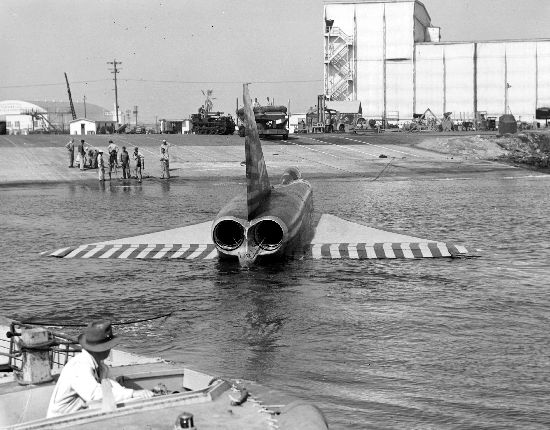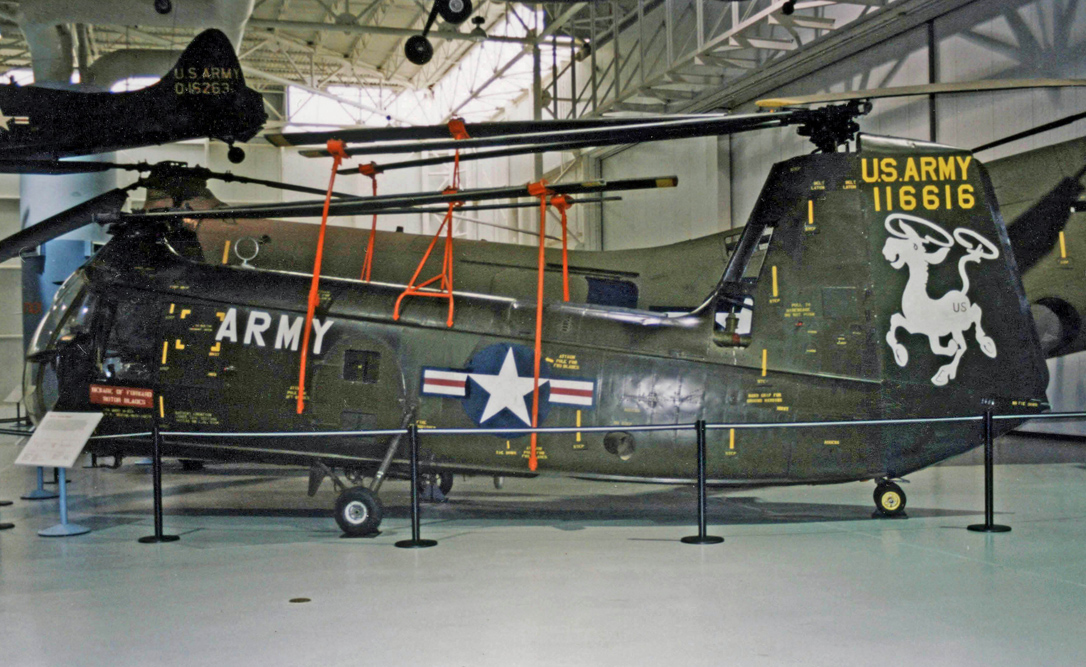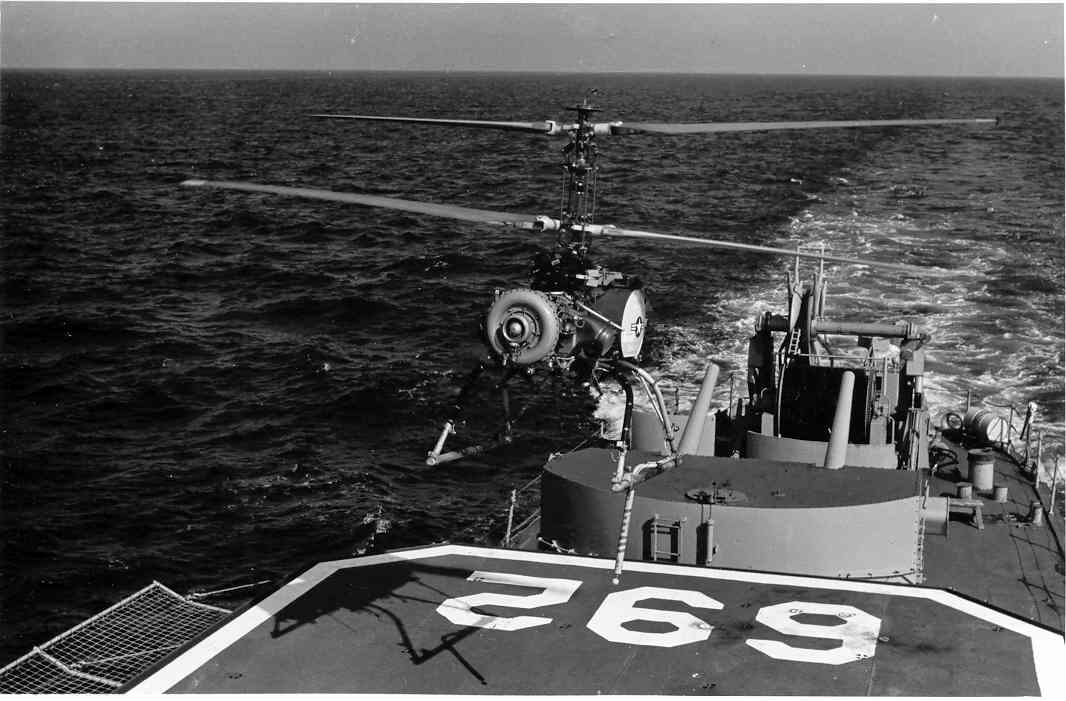|
Wings Of Freedom Aviation Museum
The Wings of Freedom Aviation Museum in Horsham, Pennsylvania is a museum dedicated to preserving the aviation history of the Greater Delaware Valley including NAS Willow Grove and Harold F. Pitcairn. It is owned and operated by the Delaware Valley Historical Aircraft Association (DVHAA), a non-profit organization. Opened in 2004, the museum features restored historic aircraft, flight helmets, flight gear, air to air missiles, Martin-Baker ejection seats, and military service medals. History The museum traces its history back to the work of Lieutenant Commander David Ascher. Shortly after becoming the aircraft maintenance officer in May 1946, Ascher acquired a Curtiss TP-40N Warhawk from a local high school and displayed it at NAS Willow Grove. Later, through his efforts, an Arado Ar 196 was also added for display. Finally, in 1947, several captured Axis aircraft were recovered from Patuxent River and transported to the base for display. Although most of the aircraft were later ... [...More Info...] [...Related Items...] OR: [Wikipedia] [Google] [Baidu] |
Pitcairn Mailwing
The Pitcairn Mailwing family was a series of American mail carrier and three-seat sport utility biplane aircraft produced from 1927 to 1931. Design and development The Pitcairn Mailwings were developed to carry air mail for the United States Post Office Department. Of simple and robust construction, they had relatively benign flying characteristics. They were constructed using chrome-moly steel tube and square-section spruce spars with spruce and plywood built-up ribs. The fuselage was faired using wooden formers and covered with fabric. The tail sections were built up from steel tube and fabric-covered. The Pitcairn Mailwing had a ground-adjustable fin and in-flight adjustable tailplane. The undercarriage was of outrigger type with Oleo-Spring shock absorbers and disc brakes on the mainwheels. All versions looked very similar and changes were minor, with several fuselage extensions being the most obvious. The mail was carried in a fireproof metal-lined compartment forward o ... [...More Info...] [...Related Items...] OR: [Wikipedia] [Google] [Baidu] |
Convair F2Y Sea Dart
The Convair F2Y Sea Dart was an American seaplane fighter aircraft that rode on twin hydro-skis during takeoff and landing. It flew only as a prototype, and never entered mass production. It is the only seaplane to have exceeded the speed of sound. It was created in the 1950s, to overcome the problems with supersonic planes taking off and landing on aircraft carriers. The program was canceled after a series of unsatisfactory results and a tragic accident on 4 November 1954, in which test pilot Charles E. Richbourg was killed when the Sea Dart he was piloting disintegrated in midair. The four surviving planes were retired in 1957, but some were kept in reserve until 1962. Development The Sea Dart began as Convair's entry in a 1948 U.S. Navy contest for a supersonic interceptor aircraft. At the time, there was much skepticism about operating supersonic aircraft from carrier decks. In order to address this issue, the U.S. Navy ordered many subsonic fighters. The worry had some fo ... [...More Info...] [...Related Items...] OR: [Wikipedia] [Google] [Baidu] |
Piasecki HUP Retriever
The Piasecki HUP Retriever/H-25 Army Mule is a compact single radial engine, twin overlapping tandem rotor utility helicopter developed by the Piasecki Helicopter Corporation of Morton, Pennsylvania. Designed to a United States Navy specification, the helicopter was produced from 1949 to 1954, and was also used by the United States Army and foreign navies. The HUP/H-25 was the first helicopter to be produced with an autopilot and also the first to perform a loop. Design and development The design was a product of a competition by the U.S. Navy in 1945 for a compact utility/rescue helicopter to operate from ships including aircraft carriers, battleships, and cruisers. Either 2 or 3 prototypes—designated PV-14 by the factory and XHJP-1 by the Navy—were built and subjected to a side-by-side flight evaluation against the 3 prototypes of the Sikorsky XHJS-1; however, the XHJS was fundamentally a scaled-up version of the Sikorsky H-5, and the increased weight and size magnified the ... [...More Info...] [...Related Items...] OR: [Wikipedia] [Google] [Baidu] |
North American FJ-4B Fury
The North American FJ-4 Fury is a swept-wing carrier-capable fighter-bomber for the United States Navy and Marine Corps. The final development in a lineage that included the Air Force's F-86 Sabre, the FJ-4 shared its general layout and engine with the earlier FJ-3, but featured an entirely new wing design and was a vastly different design in its final embodiment. Design and development Compared to that of the FJ-3, the FJ-4's new wing was much thinner, with a six percent thickness-to-chord ratio, and featured skin panels milled from solid alloy plates. It also had an increased area, and tapered more sharply towards the tips. Slight camber behind the leading edge improved low speed characteristics. The main landing gear design had to be considerably modified to fold wheel and strut within the contours of the new wing. The track of the main wheels was increased and because they were closer to the center of gravity, there was less weight on the nosewheel. Wing folding was limited ... [...More Info...] [...Related Items...] OR: [Wikipedia] [Google] [Baidu] |
McDonnell Douglas F/A-18A Hornet
The McDonnell Douglas F/A-18 Hornet is an all-weather, twin-engine, supersonic, carrier-capable, multirole combat aircraft, designed as both a fighter and attack aircraft (hence the F/A designation). Designed by McDonnell Douglas (now part of Boeing) and Northrop (now part of Northrop Grumman), the F/A-18 was derived from the latter's YF-17 in the 1970s for use by the United States Navy and Marine Corps. The Hornet is also used by the air forces of several other nations, and formerly by the U.S. Navy's Flight Demonstration Squadron, the Blue Angels. The F/A-18 was designed to be a highly versatile aircraft due to its avionics, cockpit displays, and excellent aerodynamic characteristics, with the ability to carry a wide variety of weapons. The aircraft can perform fighter escort, fleet air defense, suppression of enemy air defenses, air interdiction, close air support, and aerial reconnaissance. Its versatility and reliability have proven it to be a valuable carrie ... [...More Info...] [...Related Items...] OR: [Wikipedia] [Google] [Baidu] |
McDonnell Douglas F-4 Phantom II
The McDonnell Douglas F-4 Phantom II is an American tandem two-seat, twin-engine, all-weather, long-range supersonic jet interceptor and fighter-bomber originally developed by McDonnell Aircraft for the United States Navy.Swanborough and Bowers 1976, p. 301. Proving highly adaptable, it entered service with the Navy in 1961 before it was adopted by the United States Marine Corps and the United States Air Force, and by the mid-1960s it had become a major part of their air arms. Phantom production ran from 1958 to 1981 with a total of 5,195 aircraft built, making it the most produced American supersonic military aircraft in history, and cementing its position as an iconic combat aircraft of the Cold War."F-4 Phantoms Phabulous 40th" Boeing. Retrieved : 27 November 2012. [...More Info...] [...Related Items...] OR: [Wikipedia] [Google] [Baidu] |
Lockheed P-80 Shooting Star
The Lockheed P-80 Shooting Star was the first jet fighter used operationally by the United States Army Air Forces (USAAF) during World War II. Designed and built by Lockheed in 1943 and delivered just 143 days from the start of design, production models were flying, and two pre-production models did see very limited service in Italy just before the end of World War II. Designed with straight wings, the type saw extensive combat in Korea with the United States Air Force (USAF) as the F-80. America's first successful turbojet-powered combat aircraft, it was soon outclassed with the appearance of the swept-wing transonic MiG-15 and was quickly replaced in the air superiority role by the transonic F-86 Sabre. The F-94 Starfire, an all-weather interceptor using the same airframe, also saw Korean War service. The closely related T-33 Shooting Star trainer remained in service with the U.S. Air Force and Navy well into the 1980s, with the last NT-33 variant not retired until April ... [...More Info...] [...Related Items...] OR: [Wikipedia] [Google] [Baidu] |
Lockheed P-3B Orion
The Lockheed P-3 Orion is a four-engined, turboprop anti-submarine and maritime surveillance aircraft developed for the United States Navy and introduced in the 1960s. Lockheed based it on the L-188 Electra commercial airliner. The aircraft is easily distinguished from the Electra by its distinctive tail stinger or "MAD" boom, used for the magnetic anomaly detection (MAD) of . Over the years, the aircraft has seen numerous design developments, most notably in its electronics packages. Numero ... [...More Info...] [...Related Items...] OR: [Wikipedia] [Google] [Baidu] |
Kaman SH-2G Super Seasprite
The Kaman SH-2G Super Seasprite is an American ship-based helicopter with anti-submarine, anti-surface threat capability, including over-the-horizon targeting. This aircraft extends and increases shipboard sensor and weapon capabilities against several types of enemy threats, including submarines of all types, surface ships, and patrol craft that may be armed with anti-ship missiles. It was originally developed for the United States Navy in 1980s as a reengined version of the older Kaman SH-2 Seasprite. The SH-2G's primary missions include anti-submarine and anti-surface warfare, anti-ship missile defense, and anti-ship surveillance and targeting. Secondary missions may include medical evacuation, search and rescue, personnel and cargo transfer, as well as small boat interdiction, amphibious assault air support, gun fire spotting, mine detection and battle damage assessment. Design and development In 1985, the SH-2G program was started. The US Navy wanted better anti-subma ... [...More Info...] [...Related Items...] OR: [Wikipedia] [Google] [Baidu] |
Gyrodyne QH-50 DASH
The Gyrodyne QH-50 DASH (''Drone Anti-Submarine Helicopter'') is a small drone helicopter built by Gyrodyne Company of America for use as a long-range anti-submarine weapon on ships that would otherwise be too small to operate a full-sized helicopter. It remained in production until 1969. Several are still used today for various land-based roles. Design and development DASH was a major part of the United States Navy's Fleet Rehabilitation and Modernization (FRAM) program of the late 1950s. FRAM was started because the Soviet Union was building submarines faster than the US could build anti-submarine frigates. Instead of building frigates, the FRAM upgrade series allowed the US to rapidly update by converting older ships that were less useful in modern naval combat. The navy could upgrade the sonar on World War II-era destroyers but needed a stand-off weapon to attack at the perimeter of the sonar's range. The old destroyers had little room for add-ons such as a full flight d ... [...More Info...] [...Related Items...] OR: [Wikipedia] [Google] [Baidu] |
Grumman F9F-2 Panther
The Grumman F9F Panther is one of the United States Navy's first successful carrier-based jet fighters, as well as Grumman’s first jet fighter. A single-engined, straight-winged day fighter, it was armed with four cannons and could carry a wide assortment of air-to-ground munitions. The Panther was used extensively by the U.S. Navy and Marine Corps in the Korean War. It was also the first jet aircraft used by the Blue Angels aerobatics demonstration team, from 1949 through late 1954. The aircraft was exported to Argentina and was the first jet used by the Argentine Naval Aviation. Total F9F production was 1,382. The design evolved into the swept wing Grumman F-9 Cougar. Design and development Development studies at Grumman for jet-powered fighter aircraft began near the end of World War II as the first jet engines emerged. In a competition for a jet-powered night fighter for the United States Navy, on 3 April 1946 the Douglas F3D Skyknight was selected over Grumman's G-75 ... [...More Info...] [...Related Items...] OR: [Wikipedia] [Google] [Baidu] |
Grumman C-1 Trader
The Grumman C-1 Trader is a carrier onboard delivery (COD) variant of the Grumman S-2 Tracker. It was replaced by a similar version of the Northrop Grumman E-2 Hawkeye, the Grumman C-2 Greyhound. Design and development The C-1 Trader grew out of a need by the United States Navy for a new anti-submarine airplane. In response to this Grumman began development on a prototype twin-engine, high-wing aircraft which it designated the G-89. In 1952 the Navy designated this aircraft the XS2F-1 and flew it for the first time on December 4 that year. During the rest of the 1950s three major variants emerged, the C-1 Trader being one of them. The C-1 (originally the TF-1) was outfitted to carry nine passengers or of cargo and first flew in January 1955. Operational history Throughout the 1960s and 1970s the C-1 Trader carried mail and supplies to aircraft carriers on station in the Pacific Ocean during the Vietnam War and also served as a trainer for all-weather carrier operations. Over it ... [...More Info...] [...Related Items...] OR: [Wikipedia] [Google] [Baidu] |









_mfr_891062-3_(GHC_via_RJF)_(18356559201).jpg)
